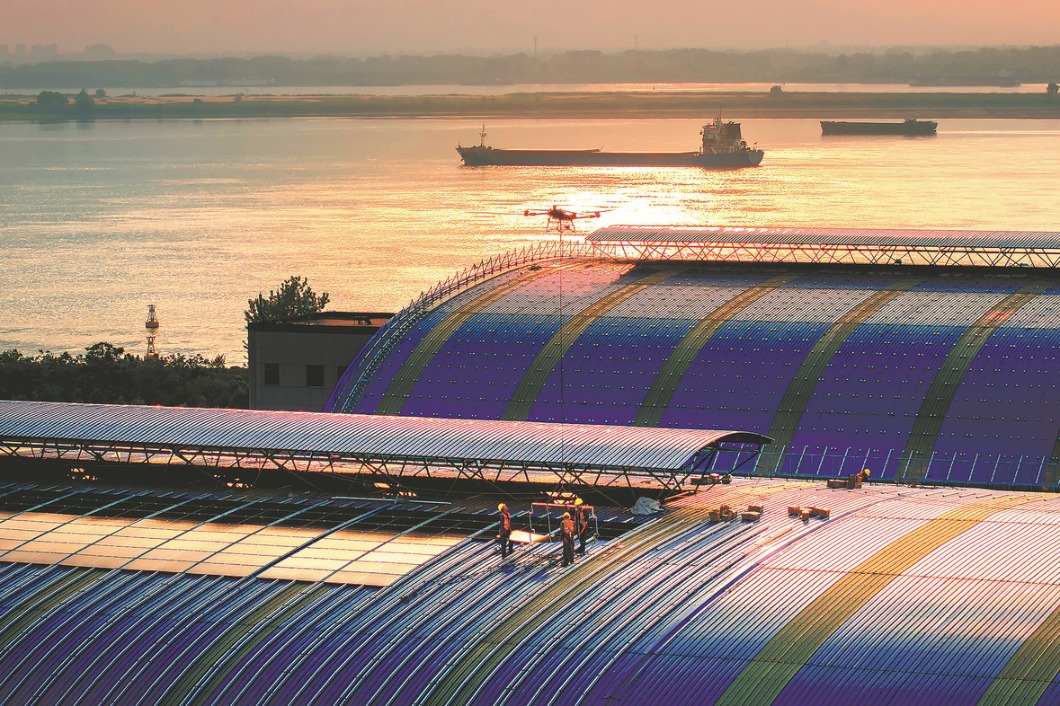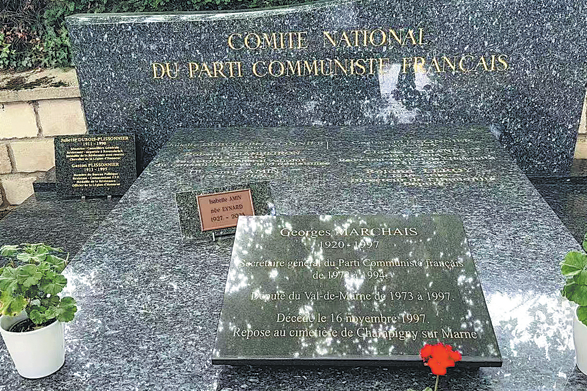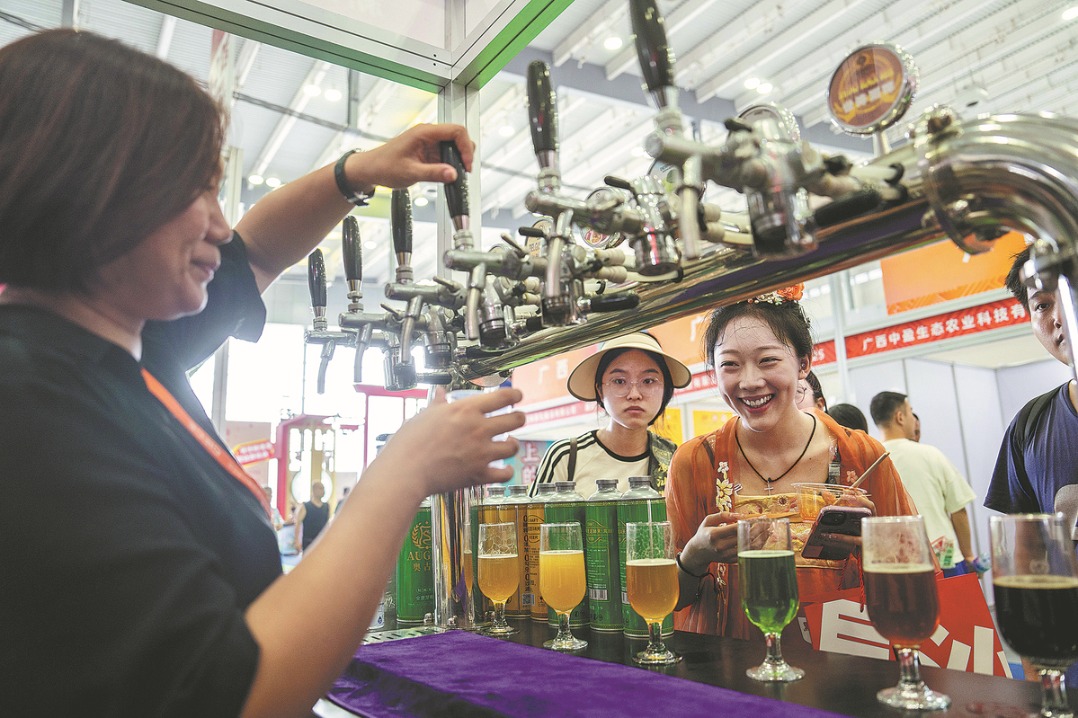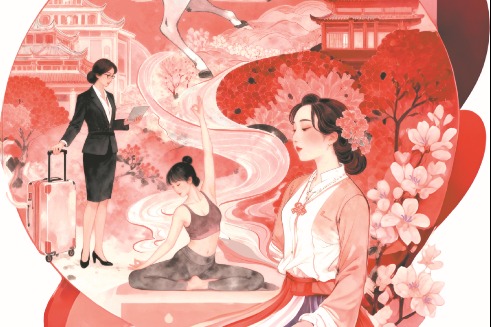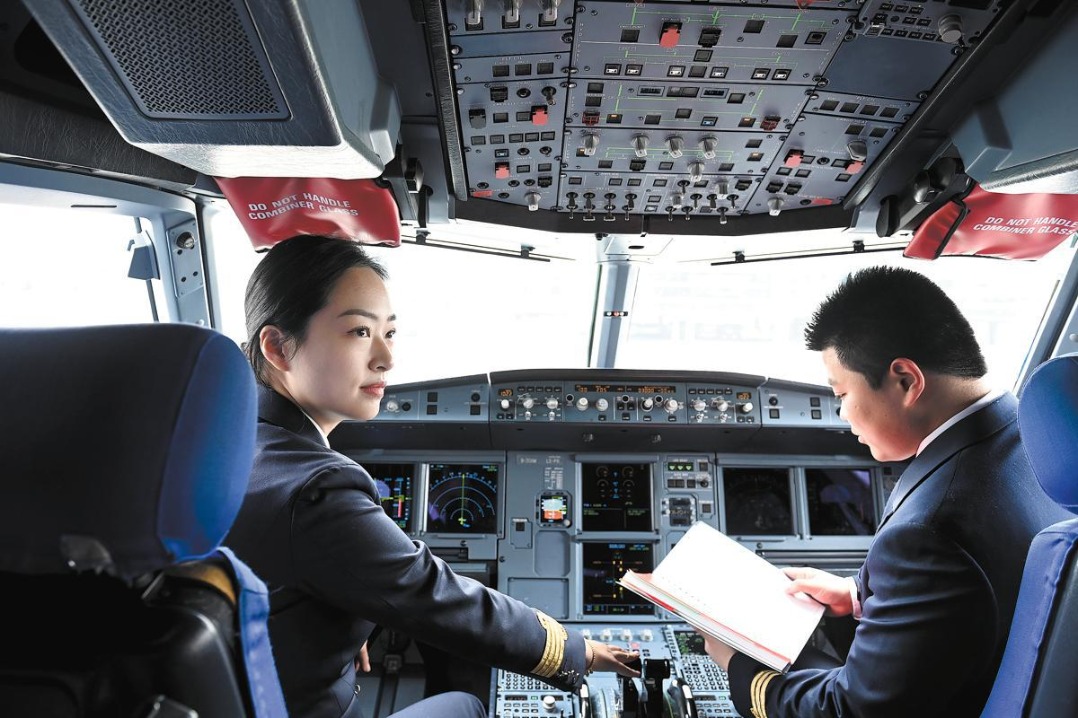Fascinating adventures within and around Baotou

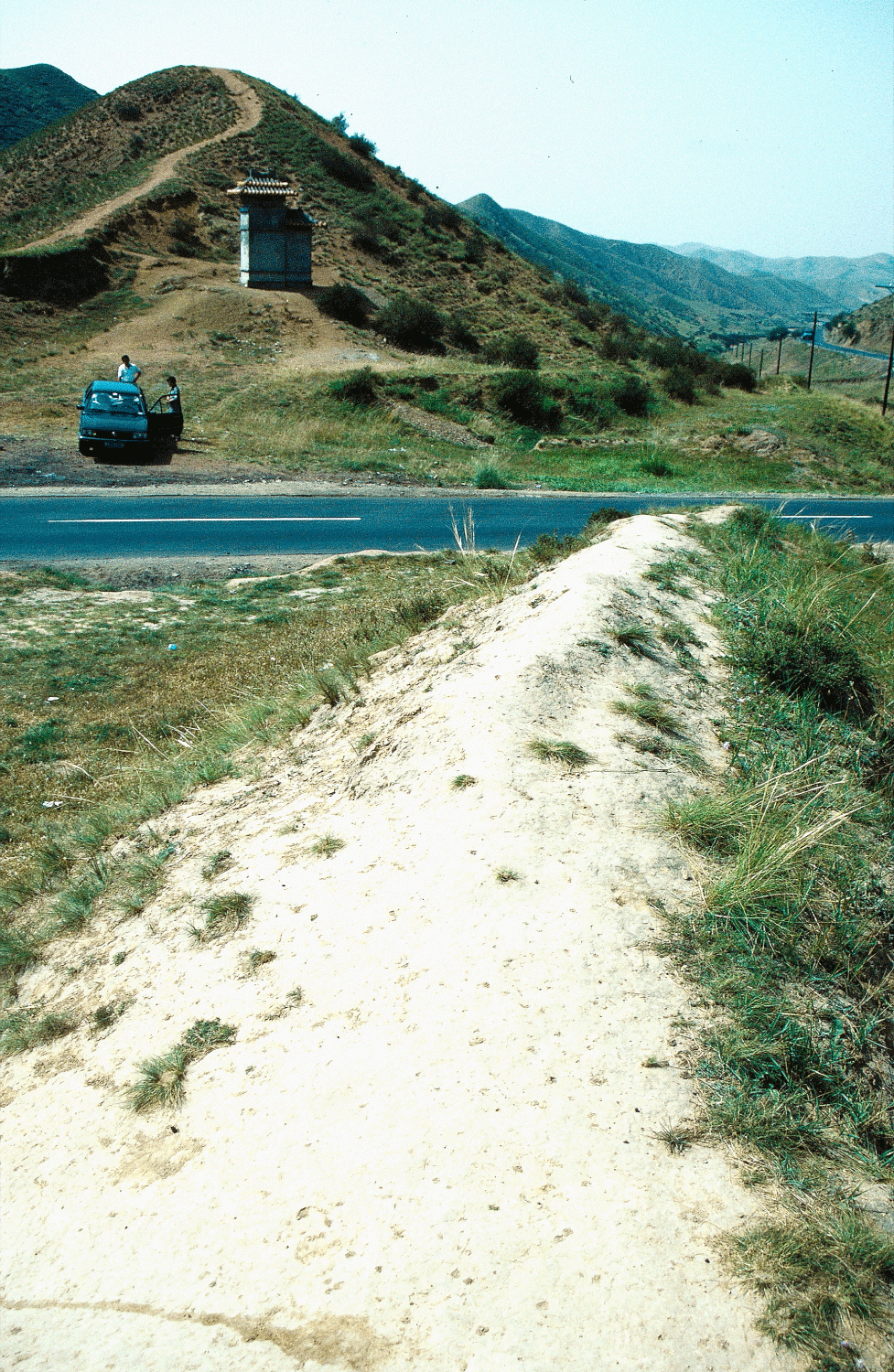
From Baotou a road winds north across rolling hilly country before, at the top of a pass, it reaches the remains of the Zhao Great Wall. Built during the Warring States Period (475-221 BC) its line can clearly be seen and was easily accessed from a car park by the road. Beyond lay the small coal mining town of Shiguai - what delighted me there was seeing a steam-hauled passenger train setting off for Baotou. For another 25 kilometres the road gradually climbed a mountain valley where flocks of goats and sheep grazed next to a river. Finally, 70 kilometres from Baotou, almost surrounded by partly forested slopes of the Daqing Mountains, sat Wudangzhao, one of the finest temples within Inner Mongolia. Established in 1749, the form of Buddhism practiced is of the Gelukpa or Yellow Hat Sect. I felt the architecture, with white walls, flattened roofs and narrow windows seemed Tibetan in style. Its name, Wudang, referring to the willow trees growing on the surrounding hills creating a quite majestic setting. It comprised of six main halls containing a large collection of Buddhist art including sculptures, murals and works in gold, silver, copper and wood.























